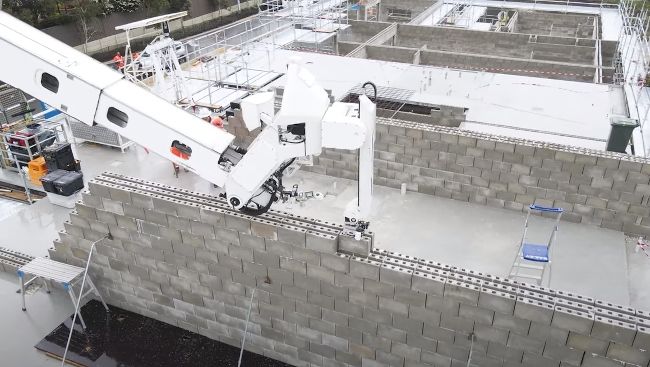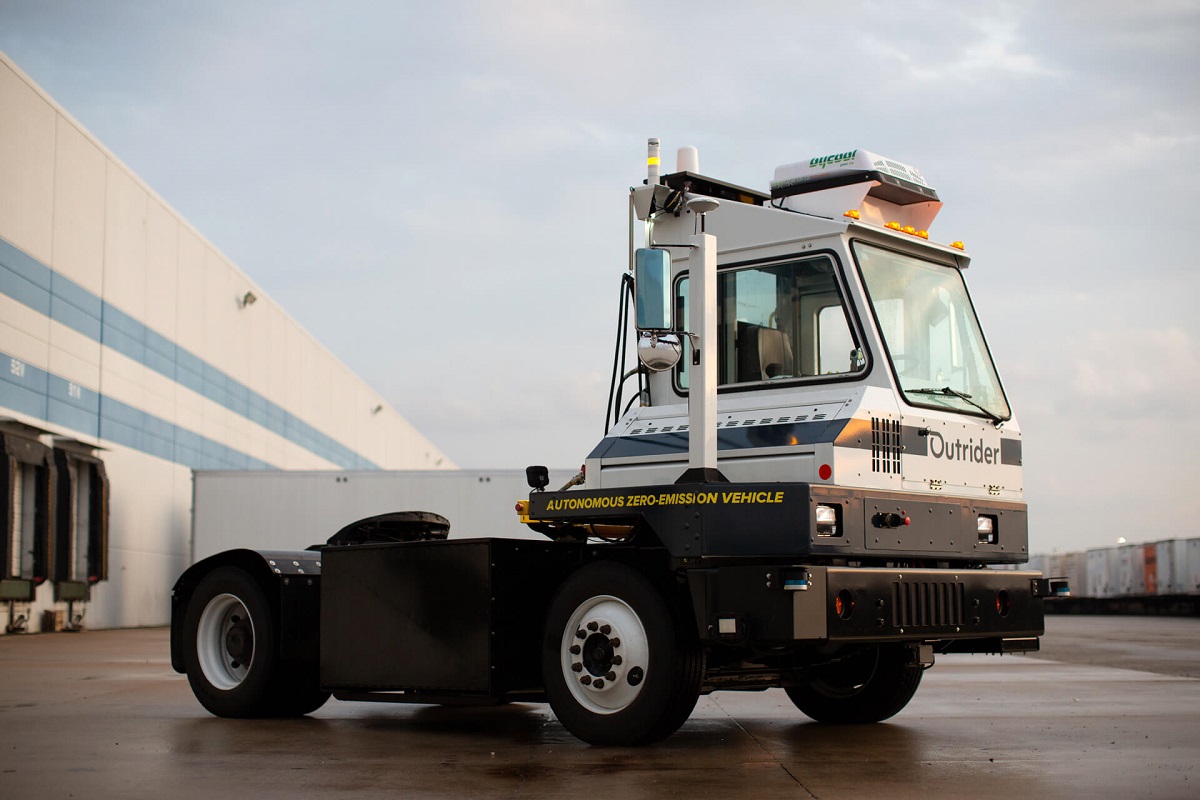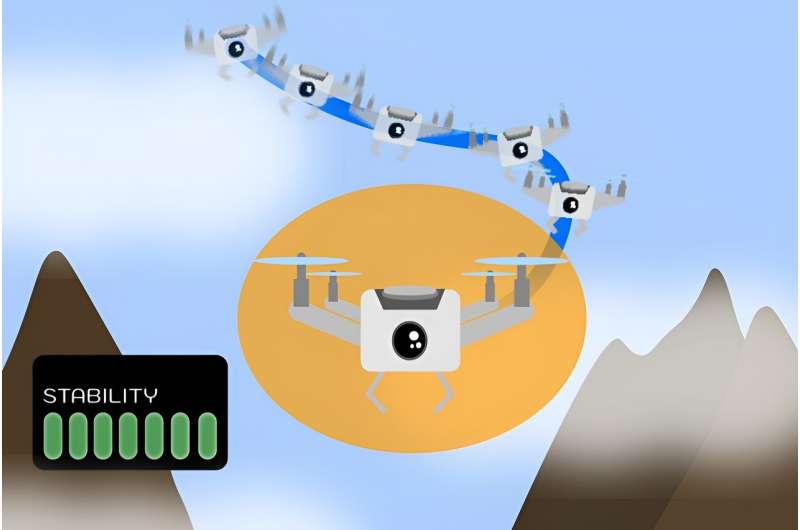Australian startup Fastbrick Robotics (FBR) is commercializing its Hadrian X robotic bricklaying system after developing prototypes since 2005. Last month they set a speed record of over 300 concrete blocks per hour.
In 2015, an earlier Hadrian model built a full home's brick framework in 2 days, around 20 times faster than a human mason. The new Hadrian X is faster still at up to 500 blocks per hour potentially.
This equates to laying about 70 square meters of vertical wall hourly with standard concrete blocks. It achieves this via a truck-mounted 32-meter boom arm equipped with CAD-guided block grabbing and cutting tools.
Workers simply load block pallets while the system handles autonomous pick-and-place, precision cutting, and adhesive application to assemble the structure per the digital plans.
FBR is building 2 more Hadrian X units for their American division and plans a "Wall as a Service" business model. The robot aims to automate the repetitive and injury-prone aspects of masonry.
After years of iterative prototypes, Hadrian X represents a giant leap in construction automation. FBR claims 10x productivity gains over human-only bricklaying.
By offering the robotics as a service, they enable wider access without equipment ownership. Construction, like other industries, stands to be transformed by flexible automation.
Masonry has seen little productivity growth versus other sectors. Robots like Hadrian promise to catch the field up and address labor shortages through tireless precision.


















